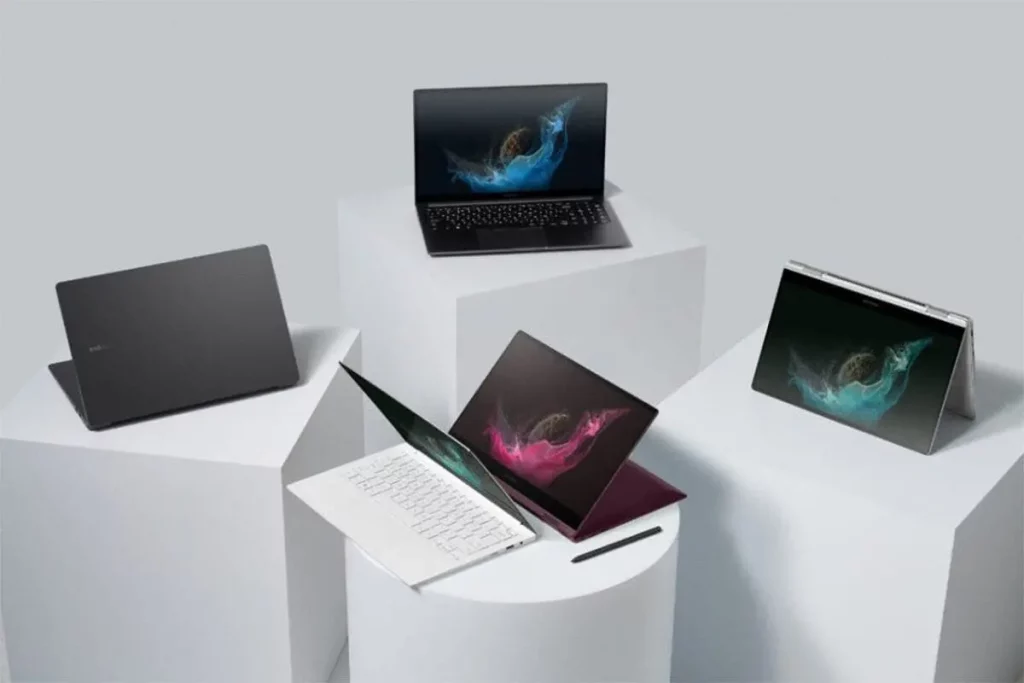Samsung’s upcoming Galaxy Book 4 Ultra appears on a Chinese microblog revealing its full specifications. This flagship laptop from Samsung, codenamed 960XGL, follows in the footsteps of its predecessor, offering a sleek and premium body housing a stunning 16-inch Super AMOLED touchscreen display. Additionally, it offers a QHD+ resolution of 2,880 x 1,800 pixels and 120Hz refresh rate.
It offers the 16 core Intel Core Ultra 7 155H alongside the Nvidia GeForce RTX 4050

Under the hood, the Galaxy Book 4 Ultra is set to be a performance beast. The laptop is rumored to feature the Intel Core Ultra 7 155H processor, a powerhouse with up to 16 cores, a base clock speed of 3.8GHz, and a boost clock speed of up to 4.80 GHz. This is complemented by up to 32GB RAM LPDDR5X (7,467MHz) and a capacious 1TB PCIe 4.0 NVMe SSD, ensuring seamless multitasking and swift data access. For graphics it includes the Nvidia GeForce RTX 4050 GPU with 6GB of VRAM. A higher-end variant of it is rumored to feature an Intel Core Ultra 9 185H processor and Nvidia GeForce RTX 4070 GPU with 8GB GDDR6 VRAM.
For connectivity the Galaxy Book 4 Ultra is expected to offer Wi-Fi 6E, Bluetooth 5.3 with LE Audio, Hi-Res Audio, and AKG-tuned quad speakers. The device will equip a battery manufactured by Samsung SDI.
Previous reports have already confirmed a range of features, including a backlit keyboard, a large trackpad, a 2MP webcam, a fingerprint reader, Dolby Atmos audio, and a variety of ports such as USB 3.2 Gen 2 Type-A, Thunderbolt 4, microSD card slot, and a 3.5mm headphone jack. The laptop is expected to weigh approximately 1.83kg in its highest-end variant.
Galaxy Book 4 lineup consists of total 5 models
Samsung’s Galaxy Book 4 lineup introduces a total of five models – Galaxy Book 4, Galaxy Book 4 Pro, Galaxy Book 4 360, Galaxy Book 4 Pro 360, and the Galaxy Book 4 Ultra. The lineup consists of an array of trims based on RAM and storage options, providing users with flexibility and choice.
Related:
- Get $50 Off on the latest Xiaomi Redmi K70 Pro
- Xiaomi 13 Ultra Premium Camera Phone is now only $799
- Vivo iQOO 12 Pro: Save $100 on the flagship gaming phone
- Best smart luggage of 2023: Modobag, Weego, Incase & More
- Download the best GCam APK for Samsung Galaxy S23 Ultra







